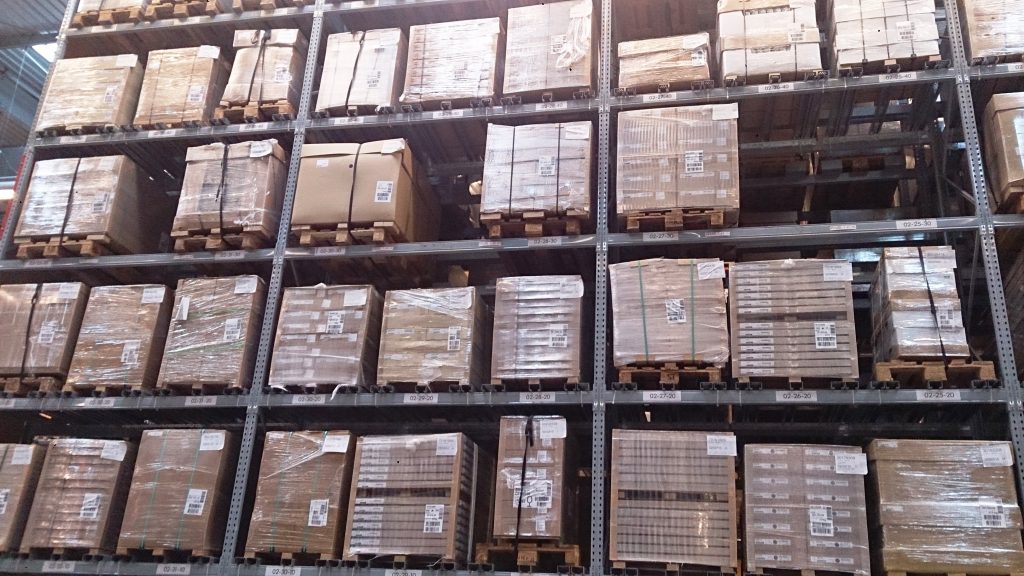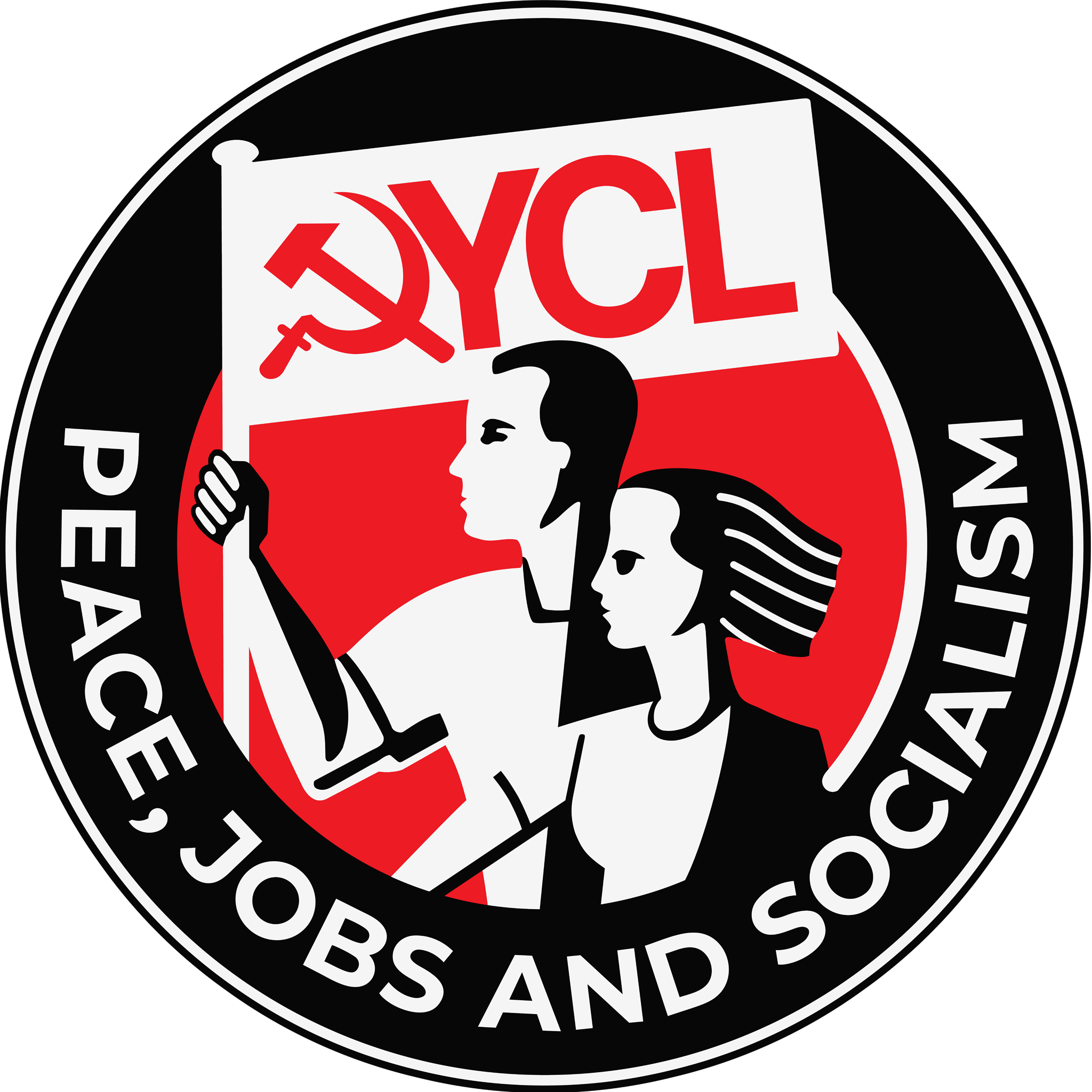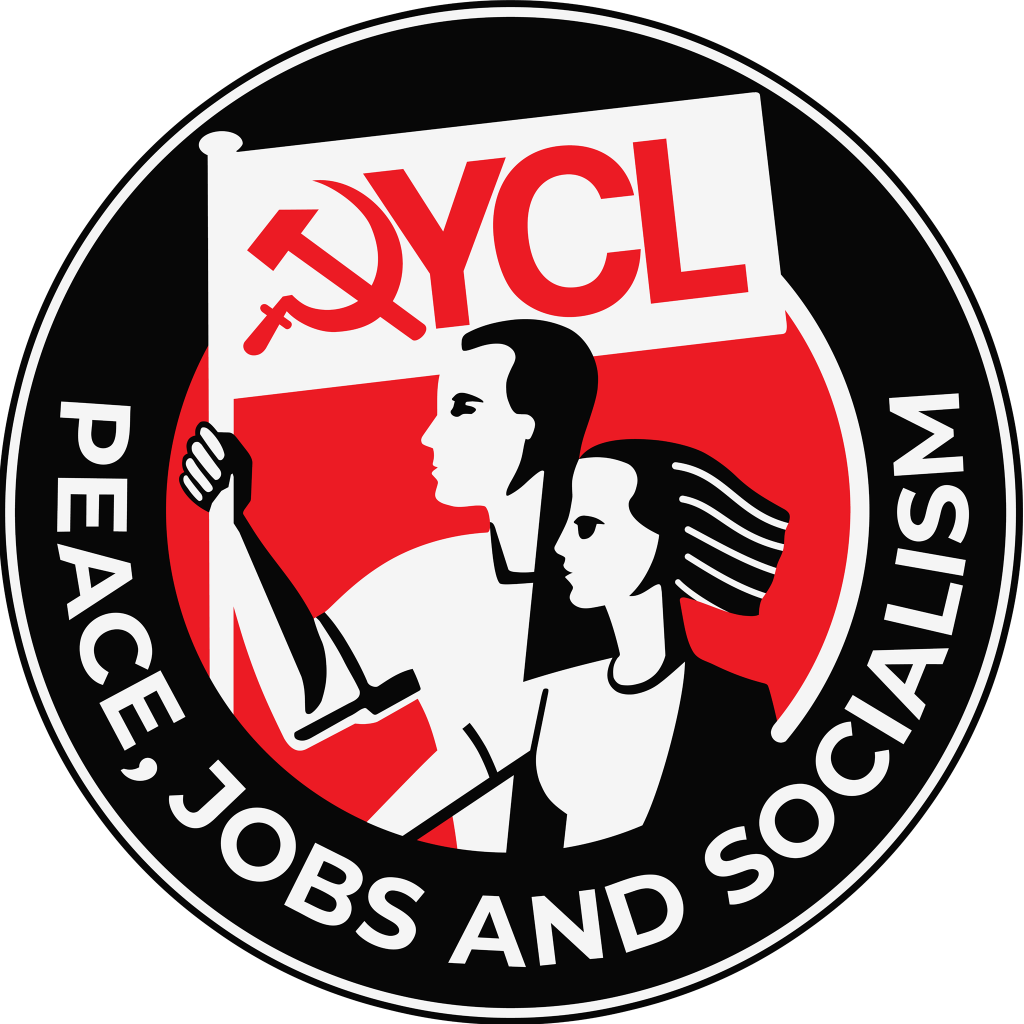The surplus value produced by workers remains ‘locked’ in a product and is only realised when it is sold on the market at a price. Although this price tends to reflect the value (exchange value) of a given commodity, that is, the socially necessary labour time expended on it, this relationship is by no means stable. Consider, for example, the prices of crops after a bad harvest. In this scenario, farmers will face an excess of demand over supply, driving prices above their usual value. Conversely, if the next farming season yields an abundance of crops, the opposite will happen: supply will exceed demand, causing prices to drop below their usual value. Thus, fluctuations in prices indicate a shortage or abundance of a given commodity, but it is the value of the commodity around which these prices fluctuate.
As price tends to reflect the value of a given commodity, if new machinery is introduced in a branch of production and the same number of labourers are able to create more products, the price of a commodity decreases. On the contrary, if conditions of production deteriorate, for example, if farmers are faced with declining soil fertility so more labour is required to produce the same crop, the price of a commodity rises. Thus, producers with superior conditions or machinery can sell goods at lower prices than small-scale producers and artisans. Expressed differently, the larger or more favourable the enterprise, and the higher or greater the productivity, the lower its production costs and prices. This dynamic allows for larger and more productive enterprises to outcompete and “mop up” weaker ones, giving rise to monopolies with huge economic power. As Lenin explained, “By destroying small-scale production, capital leads to an increase in productivity of labour and to the creation of a monopoly position for the associations of big capitalists.”
As smaller capitalists are ruined, the capitalist can only survive by “becoming big” and increasing the productivity of labour in their undertakings. Expressed in Marxist terms, the capitalist must invest more in constant capital (machinery and raw materials) relative to variable capital (that which is expended on labour), thereby reducing the amount of labour required to produce a given quantity of commodities.
While investing in constant capital allows the capitalist to grow and realise ever-greater profits, it also has another, unintended effect. Since the price of a commodity reflects the socially necessary labour-time that has gone into it, more efficient undertakings, that is, those that require less labour for a given output, initially earn super-profits by outcompeting their less efficient competitors. However, as these industries become more advanced and productivity increases, less labour-time is required for the same output and the rate of profit tends to fall, even though absolute profits may increase. This is a basic law of capitalist society.
As Marx put it, the capitalist mode of production “produces a progressive relative decrease of the variable capital as compared to the constant capital, and consequently a continuously rising organic composition of the total capital. The immediate result of this is that the rate of surplus-value, at the same, or even a rising, degree of labour exploitation, is represented by a continually falling general rate of profit.”
Certain industries, however, naturally require huge capital investments relative to the number of workers they employ. Examples of these industries include large-scale manufacturing, oil production and refining, and railways. Since they demand less labour, they have a relatively low rate of profit and investors barely earn an interest on their capital. During periods of rapid accumulation, when capital is heavily invested in these sectors, the average rate of profit is therefore lowered.
To demonstrate this point more clearly, consider two real-world examples: McDonald’s and the Channel Tunnel. McDonald’s heavily relies on a workforce to run its operations with small investment in fixed capital, like machinery, relative to wages. In contrast, the Channel Tunnel, as an infrastructure project connecting Britain and France, required a massive investment in fixed capital and fewer workers to maintain and operate it. For McDonald’s, where investment in variable capital is high, the potential for generating profit is greater. On the other hand, the Channel Tunnel, which required huge investments in constant capital, generated lesser returns on investment and eventually struggled to earn interest on its debt. Under capitalism, we therefore see a McDonalds appear in every community, while basic infrastructure continues to decline.
Under capitalism, profit is the primary motivation behind all production. Capital is not directed towards the production of socially-necessary and useful goods, but rather the production of only those goods that realise the greatest possible profit. While the tendency for the rate of profit to fall is an inherent feature of capitalist production, the capitalist is constantly looking for ways to mitigate this tendency. This can be achieved by intensifying exploitation through measures such as lengthening the working day, intensifying work, and reducing wages, or by reducing the costs of constant capital through innovating cheaper machinery, bulk buying, minimising waste, and so forth.
Further Reading:
Capital Vol. II, K. Marx
Capital Vol. III, K. Marx
Wages, Price and Profit, K. Marx
Discussion Questions:
- What is the difference between value and price? What different reasons can there be for prices to change?
- What are the effects of the tendency of the rate of profit to fall?
- What happens to small businesses due to the tendency towards monopoly? What happens to the small business owners and how should we approach them as a class?
- Is capitalism efficient for prioritising investment in variable capital over constant capital? Why/why not?
- What made capitalism a more efficient mode of production than feudalism? Why has it reached its limits?



